15 Must-Do Activities in Sofia
Table of Contents
This list of the fifteen key attractions in Sofia helps to sort out the history, culture, and nature peculiarities that one is interested in in the city.
1. National Palace of Culture (NDK)
The National Palace of Culture, or НДК, is a vast complex where many of Sofia’s cultural events are held, whether those are concerts and exhibitions or international conferences.
It’s located at the end of the pedestrian Vitosha Boulevard, and the surrounding park and many city fountains make it a great place to just sit down and have a relaxing time in the fresh air.
There is also a rooftop bar, perfect for a night out.

2. Alexander Nevsky Cathedral
One of Sofia’s most recognisable attractions, the Alexander Nevsky Cathedral is the capital’s largest Eastern Orthodox cathedral and easily its most lavish.
Its exquisite golden domes and intricate facade welcome visitors with a sense of calm from the busy streets below, while inside a splendid array of murals and icons await.
The cathedral’s extensive crypt museum, which houses a collection of religious art spanning 6,000 years, is no less impressive.
Above all, the church remains a testament to Bulgaria’s spiritual values and essential national identity, making it a key part of any visit to Sofia.
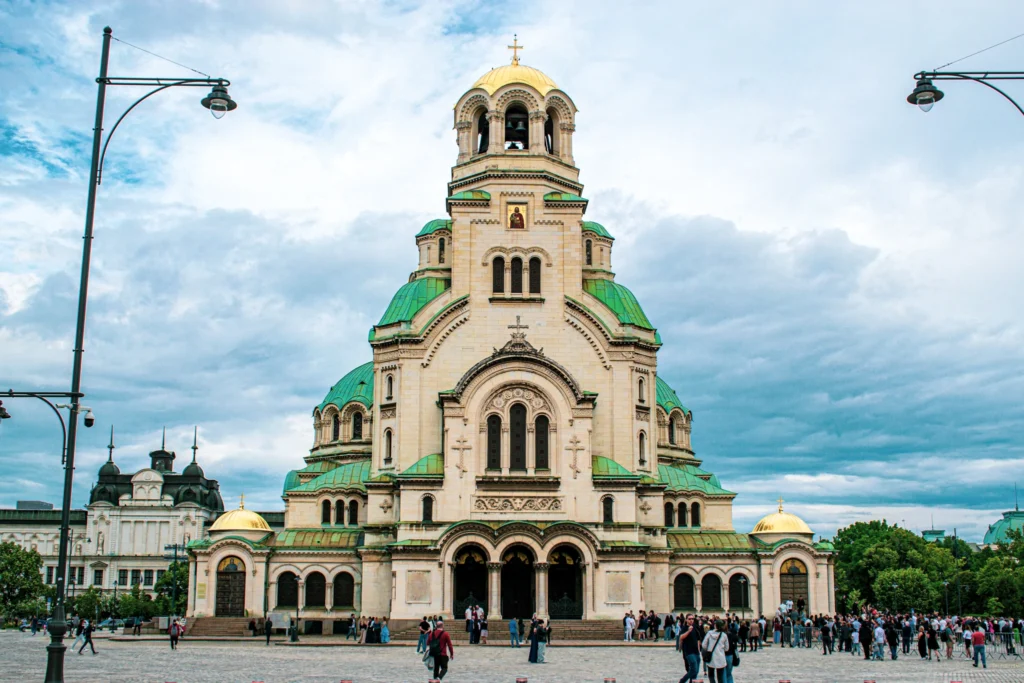
3. TZUM (Central Department Store)
You see, TZUM (ЦУМ) is not just a shopping destination, but a piece of Sofia’s commercial past.
The major department store that stretches across several blocks, in the heart of the city, combines the accumulated history of Bulgarian retail with an abundance of different shops and restaurants.
Everyone can find their cup of tea here, relax for a quick coffee, or spend a couple of hours browsing and dining through a wide range of offerings in this historic building.
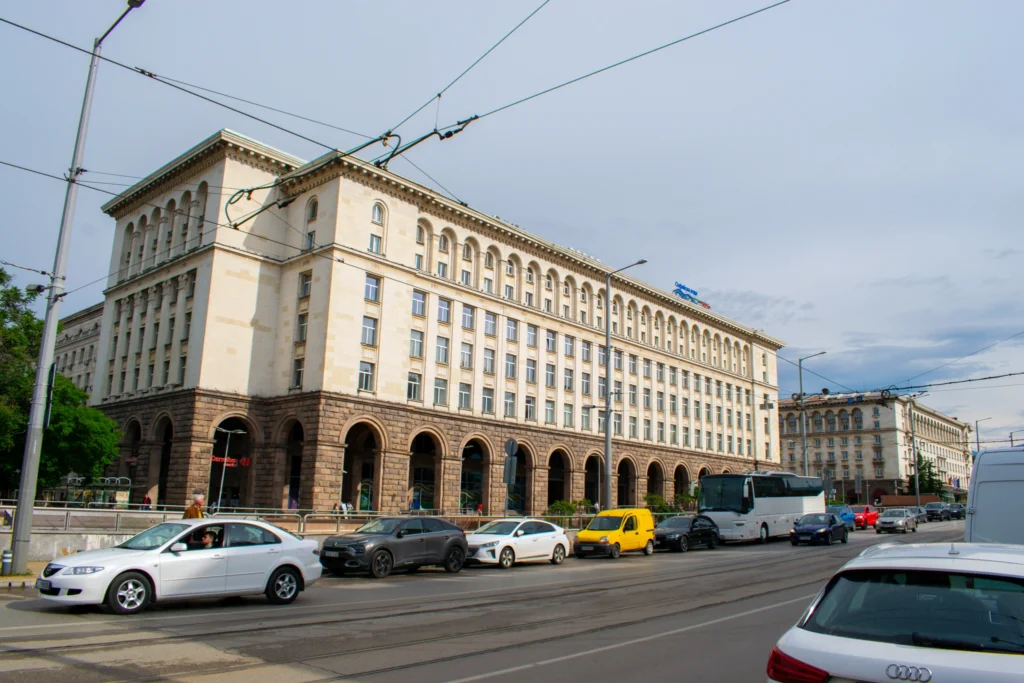
You may also like: Excursion to the Rila Monastery
4. Ivan Vazov National Theatre
The theatre will certainly be enjoyed by culture enthusiasts. This neoclassical building, in the city center, is a place where many performances and plays, as well as operas and ballets, are presented.
The theatre’s morden court and well kept green areas are a place to relax while enjoying the charm of this gorgeous place.
The interior is equally enriched in decorations that evoke feelings of the beginning of the last century.
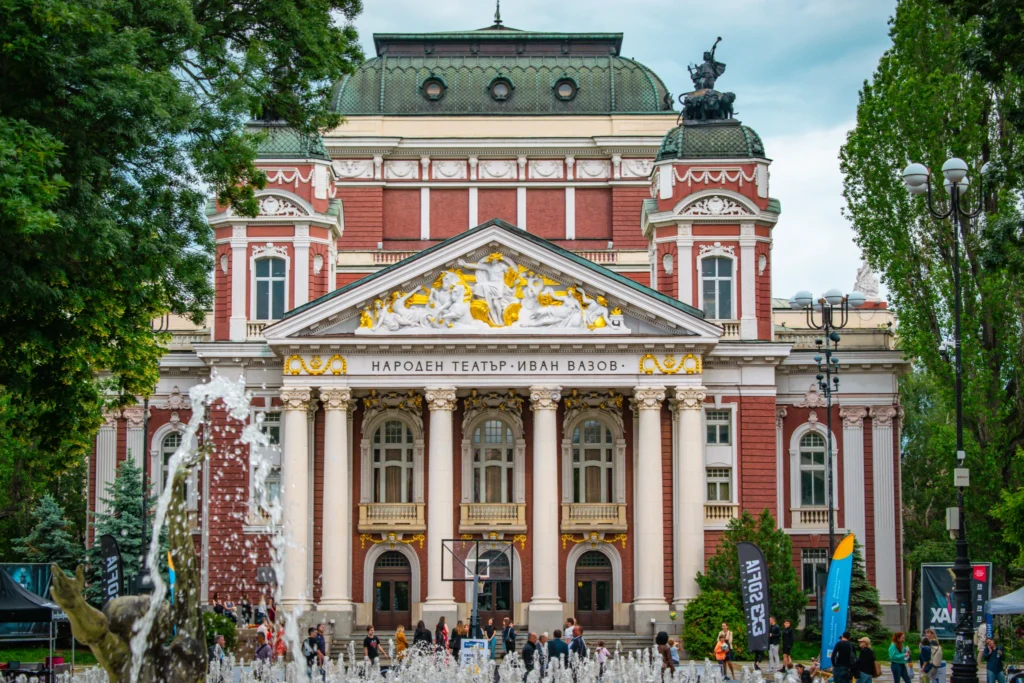
5. The Serdika Forum
The Serdika Forum is an open-air museum situated in the downtown area of the Bulgarian capital Sofia which reveals remains from the ancient Roman city of Serdica.
Now, the guests can walk along the preserved streets, buildings, and other city infrastructure that belonged to the Roman Empire.
It is the possibility to go through the sight and realize how the ancient city was built and how it was plan.
It is an important cultural landmark that offers insights into the daily life and architecture of Serdica during Roman times.
The forum is easily accessible and situated near many other historical attractions in Sofia.
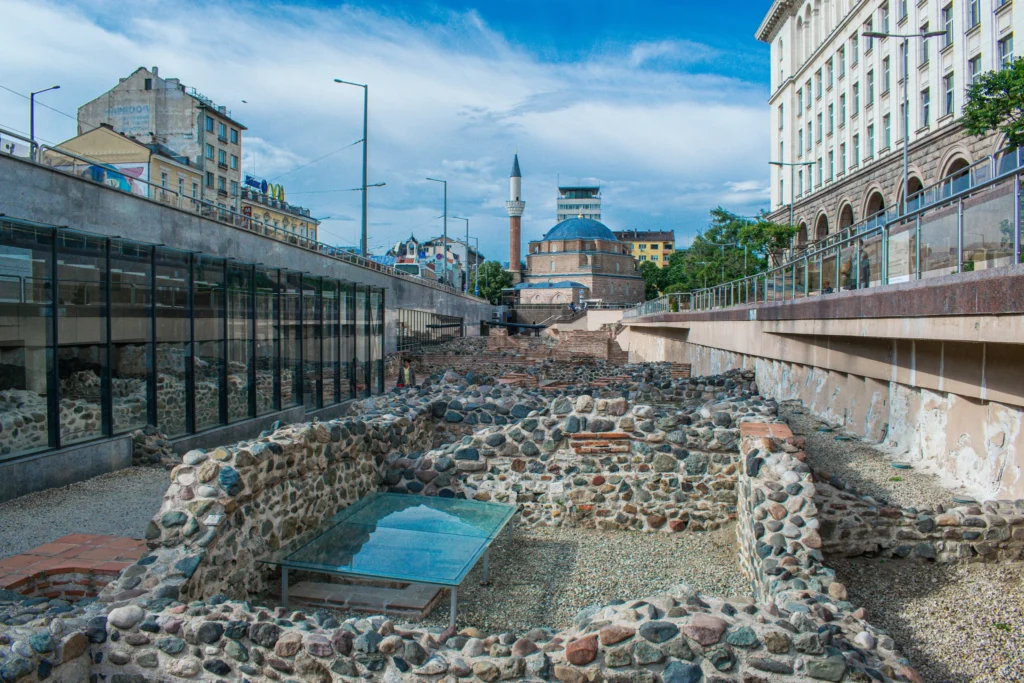
6. Sveta Nedelya Church
Sveta Nedelya Church which was destroyed several times has been reconstructed and currently occupying one of the most important corner Sofia’s downtown. It is another attractive site, which has a calm environment.
It presents information on religious and architectural development of the city.
Charming frescoes inside and a lovely smooth area used for contemplation in the midst of the active city.
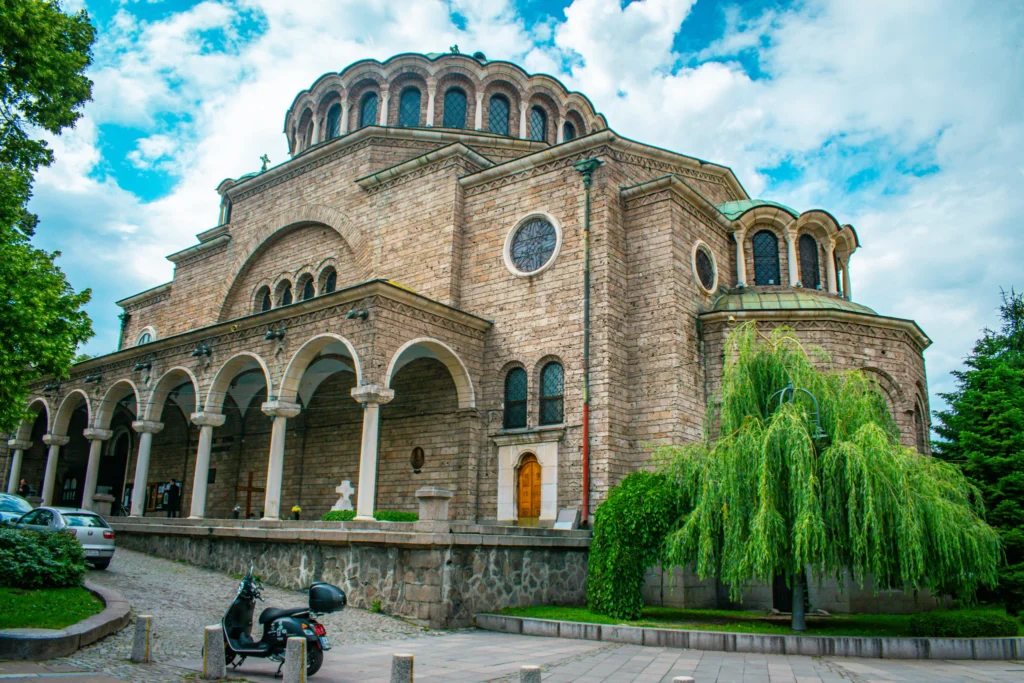
7. Vitosha Boulevard
Vitosha Boulevard is the main pedestrian zone in Sofia with numerous shops, cafes, and restaurants.
It is also ideal if you want to get a feel of the city’s tempo, do a little shopping and, of course, take a cup of coffee observing the people passing by.
It has good views for Vitosha Mountain as well, so, it can be a pleasant street to take a walk in.
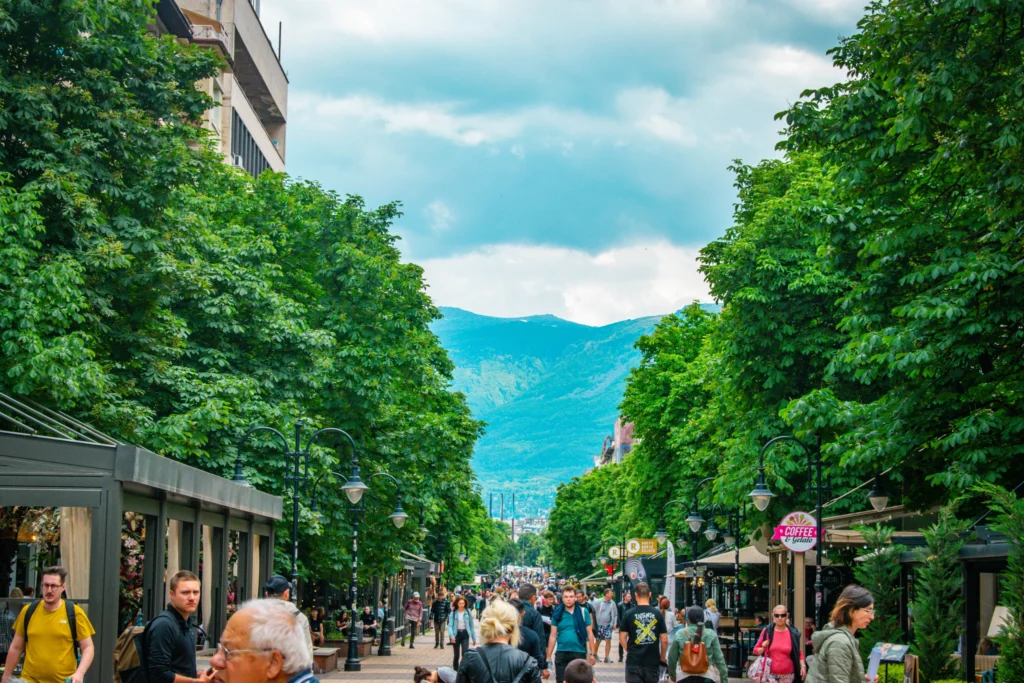
8. Church of Saint George
The Church of Saint George in Sofia (Ротонда „Свети Георги“) is one of the oldest buildings in the city, dating back to the 4th century.
This red brick rotunda is situated in the courtyard of the Presidency and is known for its well-preserved frescoes from different historical periods. Initially built as a Roman bath, it was later converted into a church.
Inside, visitors can see layers of frescoes that reveal the building’s rich history, spanning from early Christianity to the Ottoman era. The church’s central location makes it a significant historical and cultural site in Sofia.
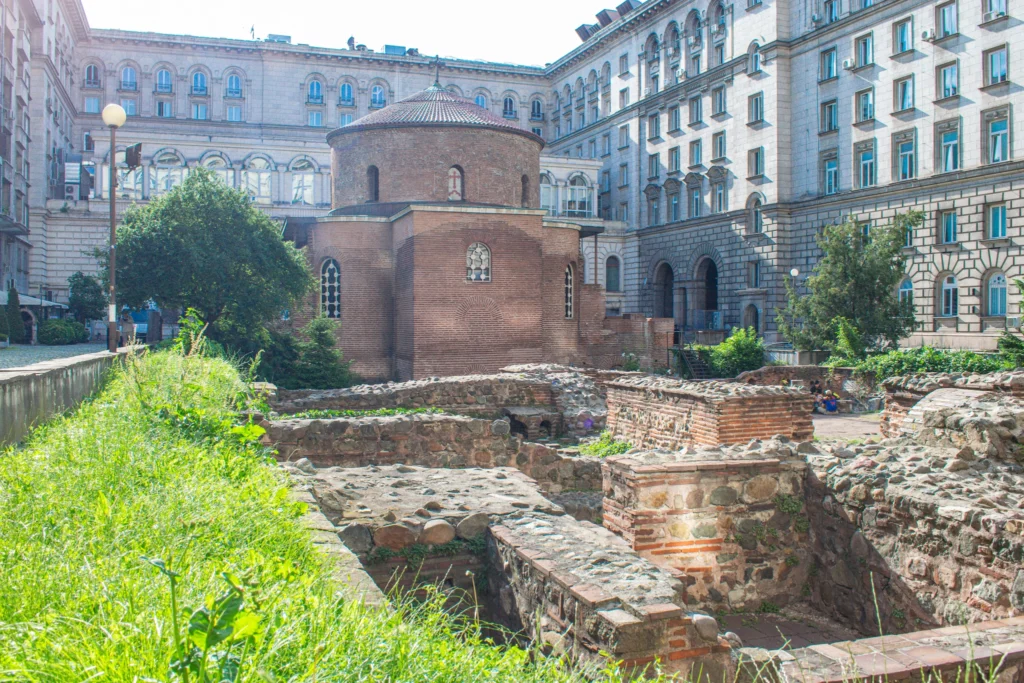
9. Boyana Church
Boyana Church is an ancient Christian temple, which has been listed as a UNESCO World Heritage, and it is famous for the medieval frescoes.
Situated at the outskirts of Sofia at the foot of the Vitosha Mountain, it’s a small church which provides rather atmosphere and interesting glimpse into Bulgarian art and spiritual life.
The frescos on the walls date back to the 13 the century and are regarded as some of the most valuable samples of the mediaeval painting in Eastern Europe.
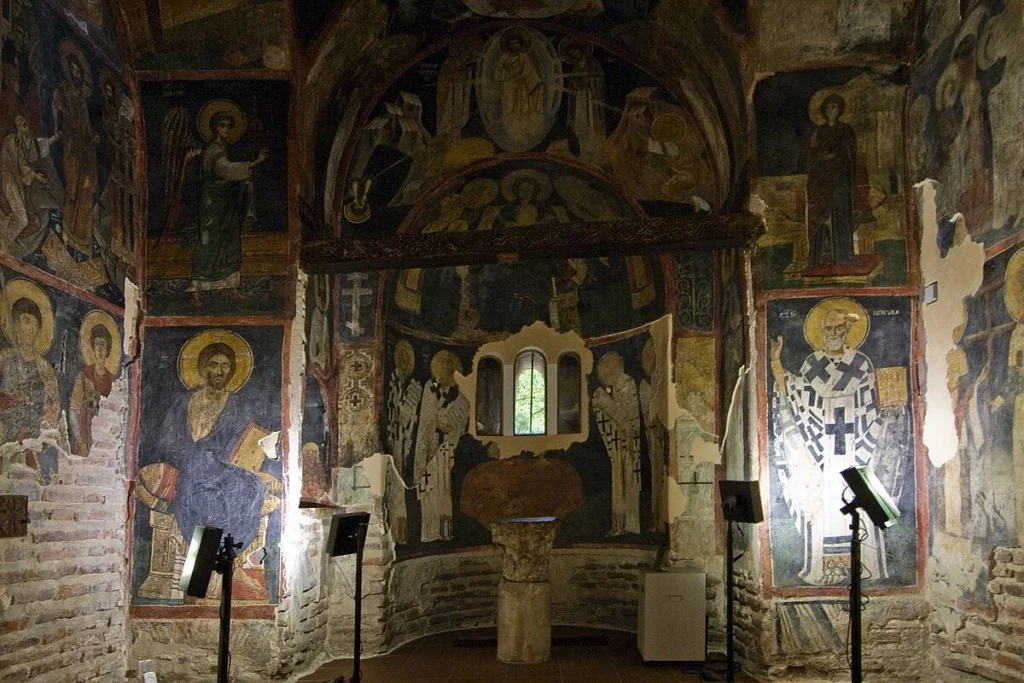
10. Vitosha Mountain
Within a short distance from the capital, Sofia, lovers of active leisure can enjoy Vitosha Mountain, where they can hike in the summer and ski in the winter, as well as witness a great view of the city from above.
Indeed, it is the ideal haven for those who are nature-inclined and for the adventurous kind.
There is also the oldest natural park in the Balkans, and if you are interested, there are many trails and places to picnic.
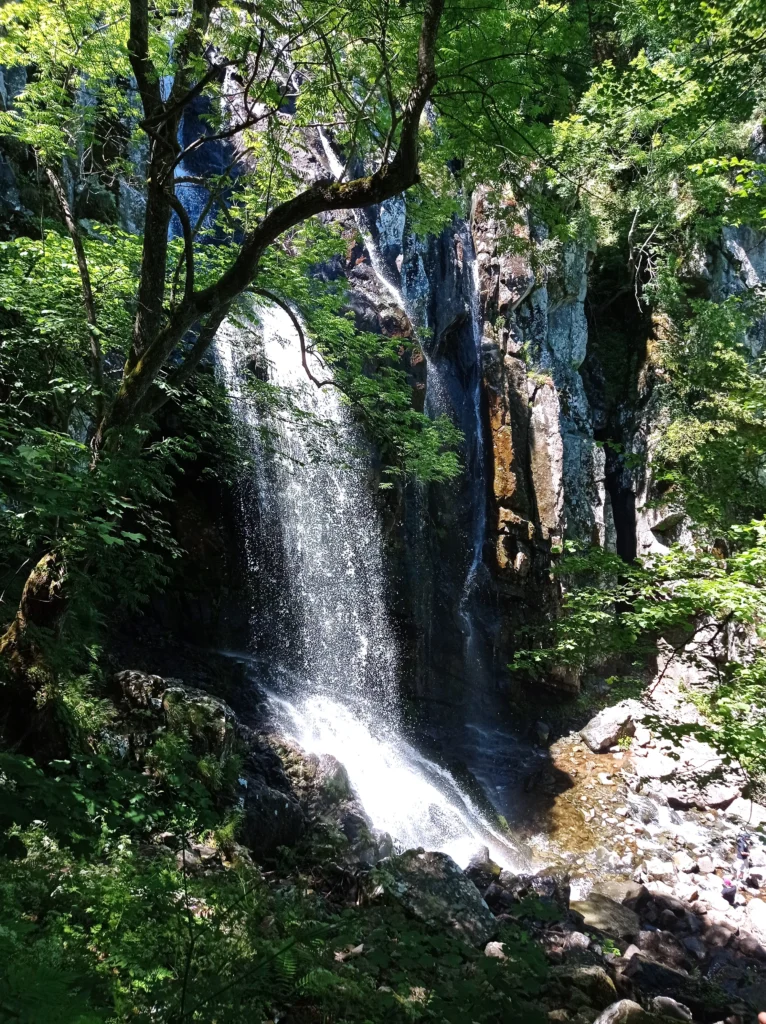
11. Church of St. Nicholas the Miraclemaker
The Church Sveti Nikolay Mirlikiiski (Свети Николай Чудотворец) is one of the most iconic buildings in Sofia with the unique green and gold domes.
It is constructed in the early part of the 20th century following the Russian Revival architectural style.
It received significant contributions from the imperial family, this church has a serene courtyard and magnificent interior; many people come here to pray and light candles.
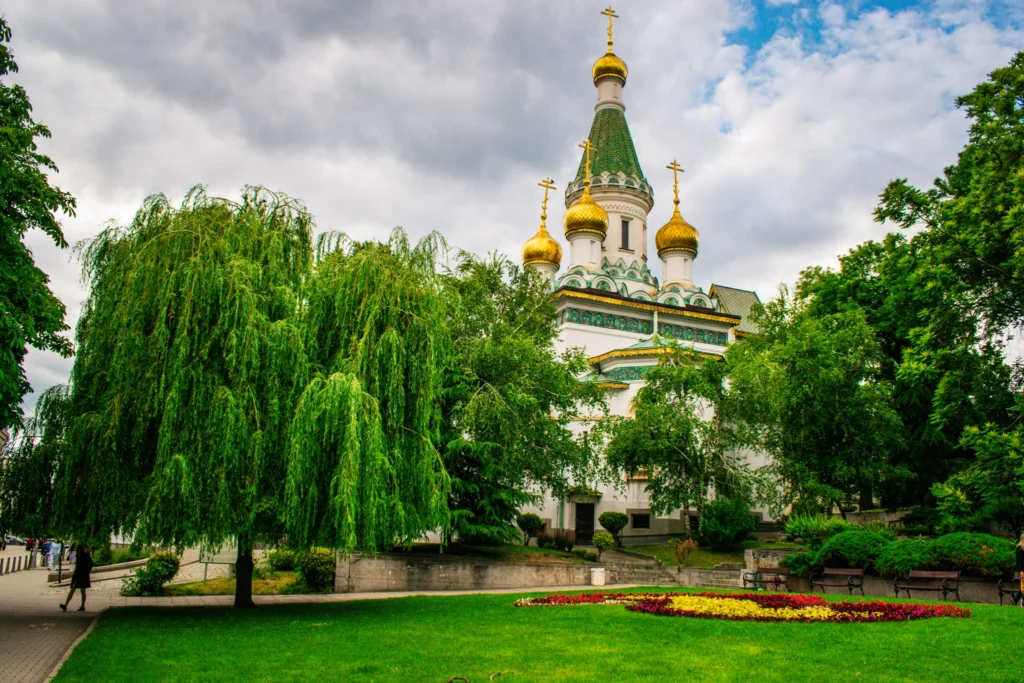
12. Lion’s Bridge
Lion’s Bridge (Лъвов Мост) has four bronze lion statues at the top, which makes it an important historical spot and certainly, an architectural one.
It is built over the Vladaya River, and it is used to connect significant areas of the city and provide an understanding of the ancient history of Sofia.
It has been rather recently upgraded, and now it is a pedestrian zone. Be sure, you would not want to miss an evening’s stroll.

13. The Palace – National Art Gallery
The National Art Gallery is situated in the former royal palace in Sofia. The gallery also has a fine collection of Bulgarian art ranging from the Middle Ages to recent times.
The museum hosts different paintings, sculptures, and icons from different ages that explain the arts and cultural history of the country.
All halls of the gallery provide the viewer with different angles associated with the evolution of art in Bulgaria.

14. The Regional History Museum of Sofia
The Regional History Museum of Sofia is housed in the former Central Mineral Baths building, a striking example of early 20th-century architecture.
The museum’s exhibits span from prehistoric times to the present, showcasing Sofia’s rich and diverse history.
Artifacts on display include archaeological finds, historical documents, and everyday objects that illustrate the city’s development over the centuries.
The museum also features thematic exhibitions that delve into various aspects of Sofia’s cultural and social heritage.
Its central location makes it a key attraction for those interested in learning about the city’s past.
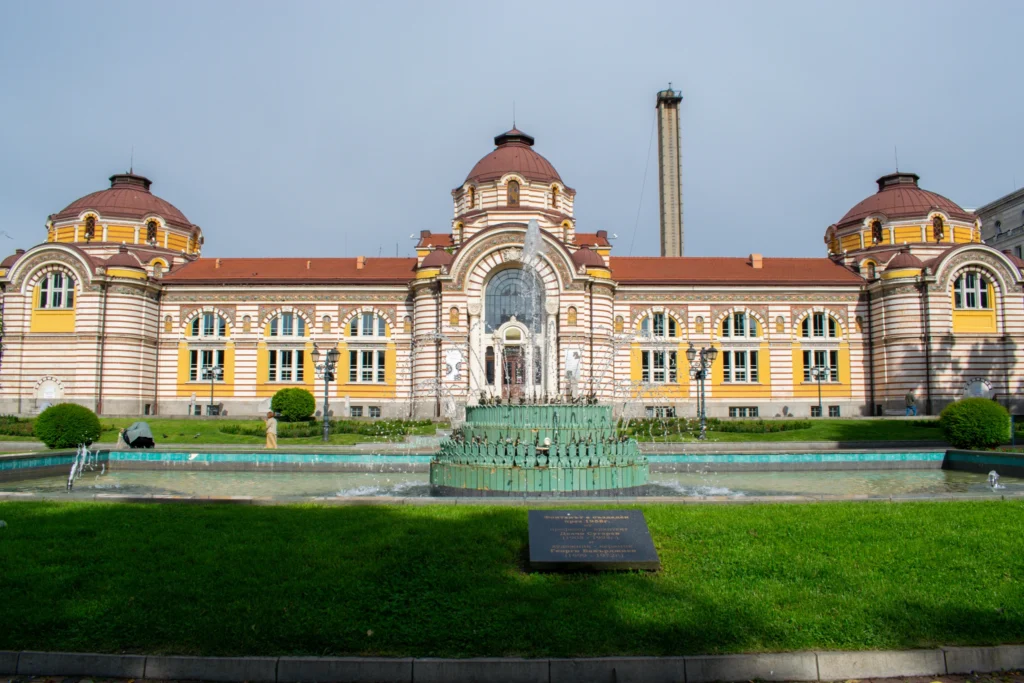
15. Pancharevo Lake
Pancharevo is located just outside Sofia and it is exactly the spot where one may wish to take a short break from the noisy city.
There are several things that visitors can do including: boat riding, fishing and even take a picnic at the sides of the lake.
It is located near the hills and therefore is an ideal place for ascending from the rushed city life.
Some of the activities of commercial interest include several hiking trails and thermal springs for tourist to enjoy in this region.
Moreover, there are local cafes and restaurants which provide a fine chance to try genuine Bulgarian delicacies accompanied by the picturesque views.
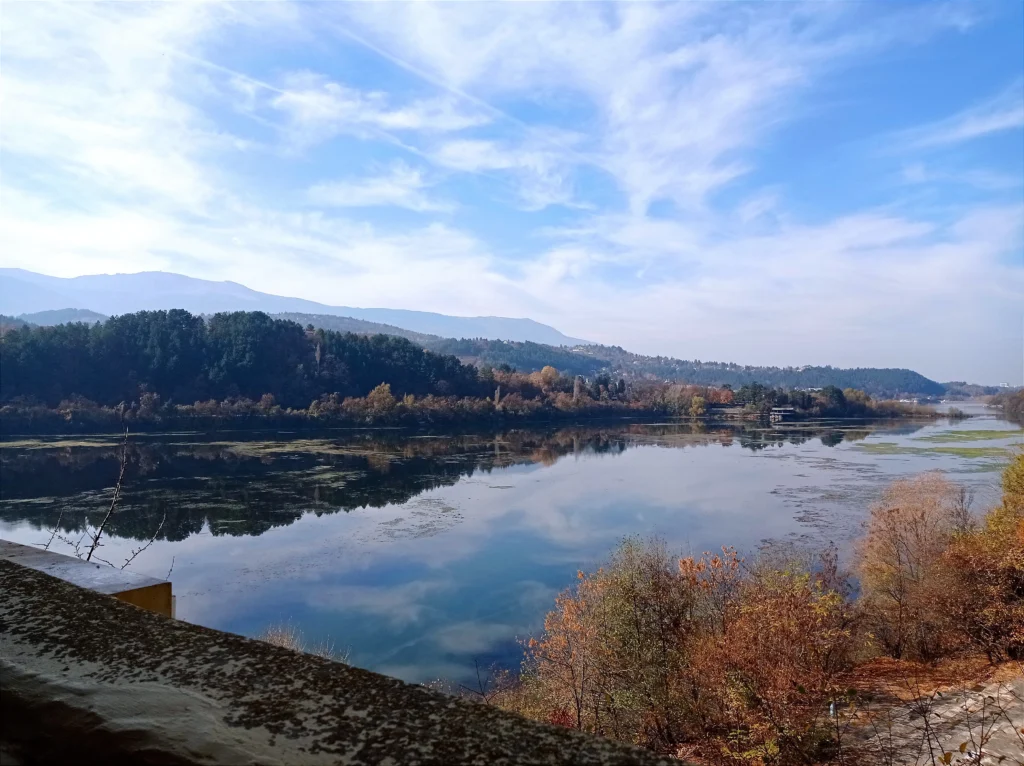
Sofia offers a diverse array of experiences, blending rich history, culture, and modern attractions. From wandering through the ancient ruins of Serdica to admiring the art in the National Gallery, there is always something to discover.
History enthusiasts can explore the city’s historic churches and landmarks, while food lovers can indulge in delicious Bulgarian cuisine.
Whether you want to delve into art, enjoy the parks, or explore the lively streets, Sofia has something that will captivate you.
 Bonus Attractions
Bonus Attractions
While these 15 places are must-sees, here are a few more spots that you might find interesting during your visit to Sofia.
- Museum of Socialist Art: It contains sculptures paintings and propaganda items of the socialist period in Bulgaria. It provides a look at how socialism impacted the Bulgarian culture and people.
- Sofia’s parks: Sofia is a remarkably green city with numerous parks enhancing its landscape. Borisova Gradina, the oldest and most famous park, and South Park, with its extensive lawns and playgrounds, are popular among locals. Severen and Zapaden parks add more greenery, providing ample space for outdoor activities and relaxation. Additionally, Sofia Zoo, located near South Park, is a great destination for families and animal lovers, featuring a wide variety of species. These parks and green spaces make Sofia a refreshing place with plenty of nature to enjoy.
- National Gallery Square 500: The National Gallery Square 500 in Sofia is a major art museum with an extensive collection of over 42,000 works by Bulgarian and international artists. Housed in a modern building, it features art from the medieval period to contemporary times. The gallery hosts a variety of exhibitions, making it a key cultural destination in the city.
 General Information and Tips
General Information and Tips
- Location: Sofia is the capital city of Bulgaria and is situated in the western part of the country, at the foot of Vitosha Mountain.
- Climate: Sofia has a humid continental climate, with cold, snowy winters and warm, sunny summers. Spring and autumn are mild and enjoyable, making them ideal times for visiting.
- How to Get There: Sofia is easily accessible by plane, bus, train, or car. The city is served by Sofia Airport, which has both international and domestic flights. The central bus and train stations are well-connected to various destinations within Bulgaria and neighboring countries.
- Currency: The local currency is the Bulgarian lev (BGN).
- Best Time to Visit: Sofia is a year-round destination, but the most popular times to visit are during the spring (April to June) and autumn (September to October) when the weather is mild and pleasant.
- Nodding and Shaking Heads: One of the most confusing aspects for visitors is that Bulgarians shake their heads to mean “yes” and nod to mean “no”. Keep this in mind when communicating to avoid misunderstandings.
- Be Cautious with Taxis: It’s important to be selective when choosing a taxi in Sofia, as there are many scam taxis that overcharge tourists. Two reliable taxi companies are Yellow! Taxi and O.K. Taxi. Note that Bulgaria does not have Uber, so these local services are your best bet.
- Use the Metro: The metro in Sofia is a cost-effective and efficient way to get around, with a single ticket costing just 1.60 leva, which is about 0.80€. This modern metro system is a great alternative to dealing with potentially unreliable taxis.
- Limited Bicycle Infrastructure: Sofia is not particularly friendly to cyclists, with cars dominating the streets and significant traffic during peak hours. If you plan to bike, be prepared for limited bike lanes and a car-centric environment.
- Learn Basic Bulgarian Phrases: Knowing a few words in Bulgarian can be very helpful. In addition to “blagodarya” (thank you), other useful phrases include “zdravey” (hello), “molya” (please), and “dovizhdane” (goodbye).

 You may also like:
You may also like:  Bonus Attractions
Bonus Attractions General Information and Tips
General Information and Tips
Sofia is so beautiful.😍 Alexander Nevsky and Vitosha mountain were our favourites activities!